Six Ways to Reassure You Sailing Is Safe
Planning a sailing vacation in the Caribbean or Mediterranean? If you are, you or someone in your group may be asking how safe is sailing.
This is a valid question for the non-sailor. This post clarifies and dispels some of the more common risks and fears.
The key questions we hear concern stability (ie. the chance of boats capsizing), piracy (ie. how safe the waters are), the chance of someone falling overboard, sharks, hurricanes (and other tropical storms), and boats getting lost.
In a nutshell, we are here to dispel the fears. Simply by getting off the roads and onto a boat, you will actually reduce your risk. How much safer is boating than driving?
Twice as safe as a car
Recreational boating is at least twice as safe as driving a car. Here are two statistics worth mentioning:
For every 100,000 people, 5 will die in a boat related accident (2015 Coast Guard)
For every 100,000 people, 11 will die in a car related accident (2015 NHTSA)
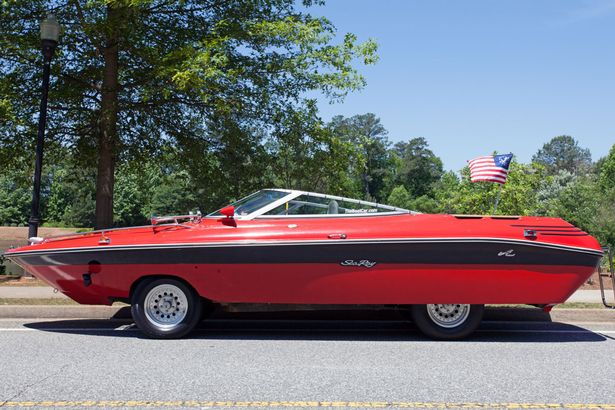 Not sure what this does to the boat vs. car safety argument. Image thanks Mark Ray/Chris Watkins/Barcroft)
Not sure what this does to the boat vs. car safety argument. Image thanks Mark Ray/Chris Watkins/Barcroft)
So boating generally is two times safer than being on the road. Note, this doesn't account for the fact that the risk exposure time in that people spend much more time behind the wheel of their car than behind the wheel of their boat. That aside, just by being on a boat rather than driving in a car, you are statistically at a substantial advantage.
For sailors, however, things are even safer than for boaters generally.
This is because the majority of boating accidents involve small open motor boats, a lack of lifejackets and alcohol-related incidents.
If you plan to charter a sailing boat, are trained as a skipper, wear lifejackets and don't intend to drink and drive, your risk is reduced to a fraction of the above number.
Let's go through the top six fears we hear people have about sailing and boating in general:
1. What if the boat capsizes?
Two things to say about capsizing. Firstly, for the vast majority of cruising sailors capsizing is a very rare thing indeed. I have sailed keelboats for my entire life and have not yet capsized anything larger than a dinghy/hobiecat.
This brings us to the second point: larger boats are designed for this and, indeed, to resist it. Like the Daruma dolls that you can push over and stand up again, monohulls have weighted keels that allow the boat to self-right.
There is a ratio here, the "Angle of Vanishing Stability", or AVS, to which boats are designed. Most monohulls can tip over such that their mast is well underwater and still pop up again. As you can imagine, if you're not planning on sailing through the Southern Ocean any time soon, you should be fine here.
In fact, generally speaking, the more a boat is heeling (aka tipping over), the more it is designed to right itself. The image below, thanks to the good people at Wavetrain, shows how in this instance, the boat has the highest propensity to get stable when it is tipped over at a 55º angle.
And that it will only "give up" trying to right itself when its mast is 30º under water. As you might imagine, it takes some huge conditions to create this. If it's bad weather, just brew a cup of coffee, grab a book and stay safely anchored in your bay.
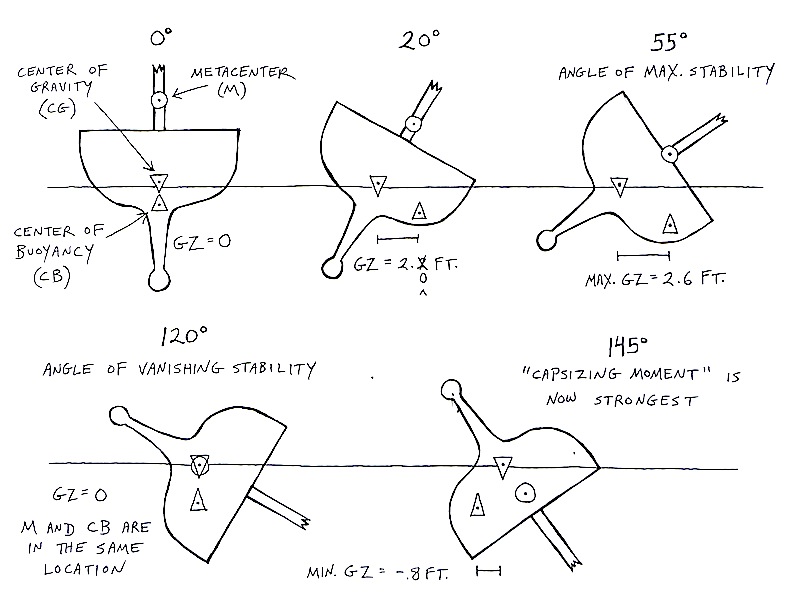
Catamarans, particularly the French- and South-African made production cats over 40' in length, as used by charter companies, are incredibly stable. I have never heard of a capsize, ever, of a production catamaran in a major cruising ground.
Nevertheless they have several key safety features should this ever occur, including hatches that allow people to make their way to the "new top" of the boat. And, as a somewhat conciliatory bonus, they are particularly stable when in the inverted position.
2. What about Pirates?
Pirates concern many people. So let's look at the statistics in a bid to find some truth here.
In 2010 piracy reached a peak at 688 events worldwide. Then the maritime laws changed to deal with the problem.
In 2015 this number had dropped by almost half to 386 events. Somalia used to be the hotspot. However for the last two years, since laws were changed, piracy there has plummeted to a tenth of what it was.
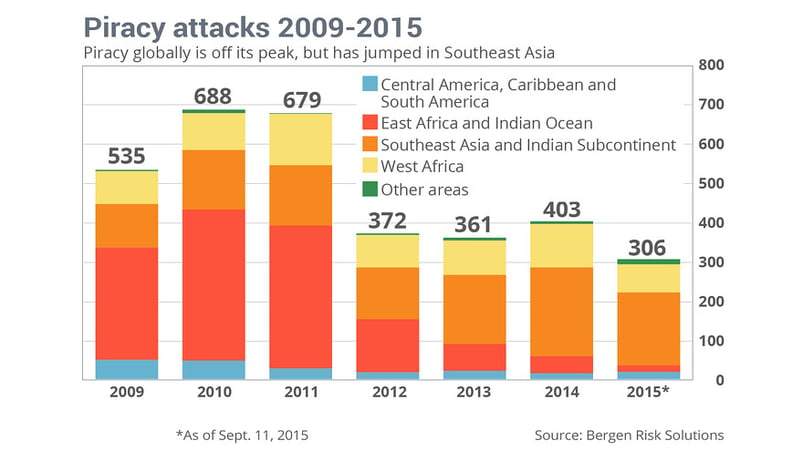
Still, the major hotspots for piracy remain Asia and Africa (which is now no longer the top spot). Thank you Marketwatch for the above graphic.
No recorded cases of piracy have happened in the major cruising grounds such as in the British Virgin Islands.
3. What if someone falls overboard?
Even though statistically improbable, falling overboard can be a serious matter. If it happens in cold water, hypothermia compounds this risk.
Most cruising destinations are in places that have warm water. Nevertheless nobody wants to find themselves in the water unexpectedly. Especially if hit over the head by the boom.
Keelboat and catamaran design nowadays takes this into account, and particularly for the larger boats, keeps the boom out of harm's way when in the cockpit.
Nevertheless this is something to be well aware of, particularly when doing work at the mast. And when sailing downwind, especially with a boom that is not prevented.
If you do end up in the water, life vest technology has come a long way, with vests on the market that automatically inflate as soon as they hit water. The key thing is to wear it in the first place.
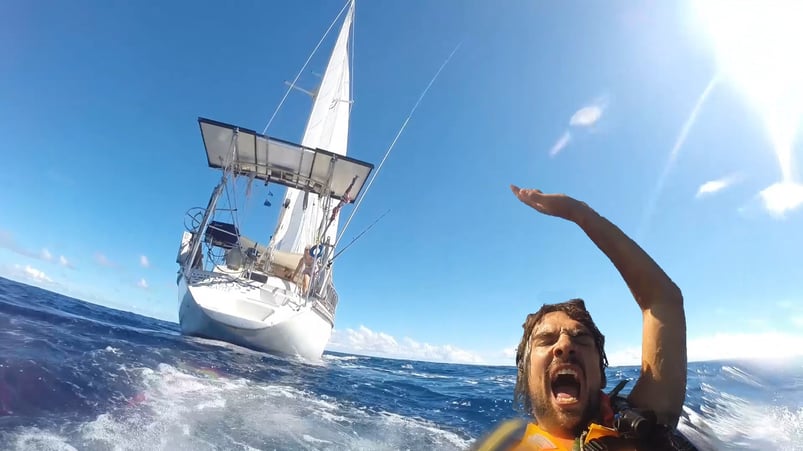
Thanks to our friends at S/V Delos for use of this rather dramatic image.
The Royal Yachting Association basically mandates that all its sailors wear deck vests at all times. In warm water, sailors who are also able to swim generally only wear them when they feel a need to do so.
If you have any concerns with falling overboard, make sure you have a decent life vest. If you do this, and cruise in warm water, then the small chance of anything happening to you is made much, much smaller.
4. What about sharks?
We hear this all too often. People not wanting to jump in the beautifully clean, warm, azure-blue, Caribbean water because of a fear of sharks.
A site called trackingsharks.com shows globally where the incidents occur. You can see below that there are no recorded cases of shark attack in the main islands of the eastern Caribbean, a large area that includes the British Virgin Islands.
Globally, including the hotspots such as Reunion Island (in the Indian Ocean off Africa) and some Australian beaches, there are around 5-7 fatalities each year. We humans kill that many sharks every two seconds or so.
The only case in recent times in the eastern Caribbean area was in the Dominican Republic with a non-fatal injury. And there have been no recorded fatalities in the entire area, ever.
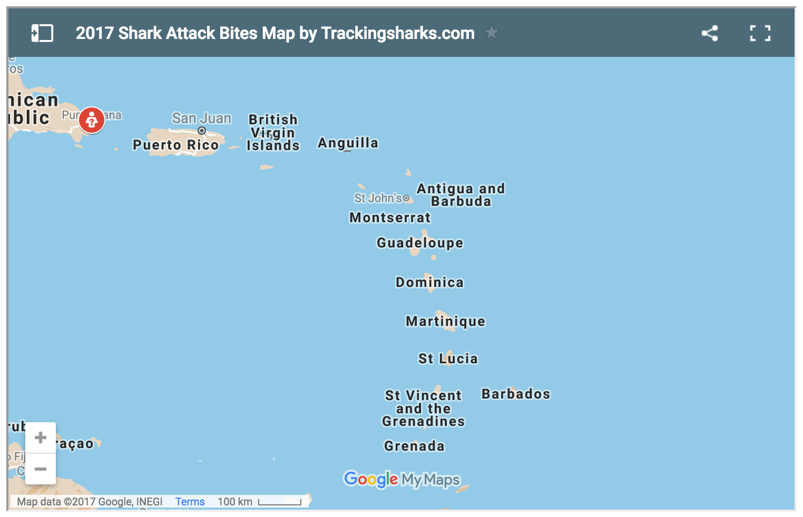
If you still can't get the thought out of your head and want to swim without fear, have a look at shark repellant products such as the Sharkbanz 2. Would your correspondent ever wear one of these in the Caribbean? Not at all, and he swims there daily. In fact this correspondent comes from Australia and he wouldn't wear one there either.
However, irrational fear is, well, irrational, so trying to explain it away won't help. In that case, get yourself a band and enjoy the water.
5. What about Hurricanes?
Many people refuse to sail in the Caribbean during the summer months due to this perceived risk. But for others it is the best time of year to sail. For one, weather forecasting has advanced to the point where any big storms usually have at least five days notice as they make their way across the Atlantic from Africa.
Then there's the relatively narrow storm path: the Caribbean is such a large area, to have an average of 10-15 storms pass through each year (with only a couple of them big enough to make the news), where a storm has a very specific, narrow path, means that the chances of a storm surprising you are low.
Nevertheless our aim here is to offer a balancing view on storms rather than to promote the idea that they carry no risk. Of course they carry risk. We watch the weather religiously during the storm season. We simply encourage a level-headed look at the risk here.
You can see the path of 2016's big storm Matthew below (thanks to The Weather Channel for the image) and how specific it is. The eastern Caribbean islands are that line of islands just after Matthew's line turns orange. We were a few islands south of the line at the time and literally saw blue sky where we were.

Or even Hurricane Irma, the largest hurricane ever recorded in the Atlantic, which caused havoc to our own base of the British Virgin Islands, but did scarcely any damage to other islands.
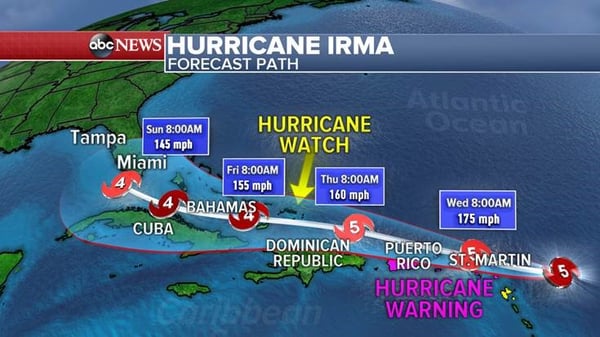
This is a good time to talk about trip insurance. If you obtain trip insurance (which we always advise), you will be able to receive a full refund on your vacation in the event it is cancelled due to a named storm. So the risks here are manageable.
If you are looking for a travel insurance provider, we can recommend and indeed have an alliance with WorldNomads. Click here.
If you're a weather nerd and wish to read more about the formation of tropical storms, check out this Wired article
6. What if we get lost?
The major cruising areas have excellent charts, and like most things today, when concerning marine navigation, "there is an app for that". There are several apps, our favourite being Navionics (Caribbean charts iPhone version here, Android here).
However Navionics is but one navigation app: in a recent blog post we were reminded by several readers about their own favourites. By the sounds of it there are several very good nav apps out there. Feel free to find your own.
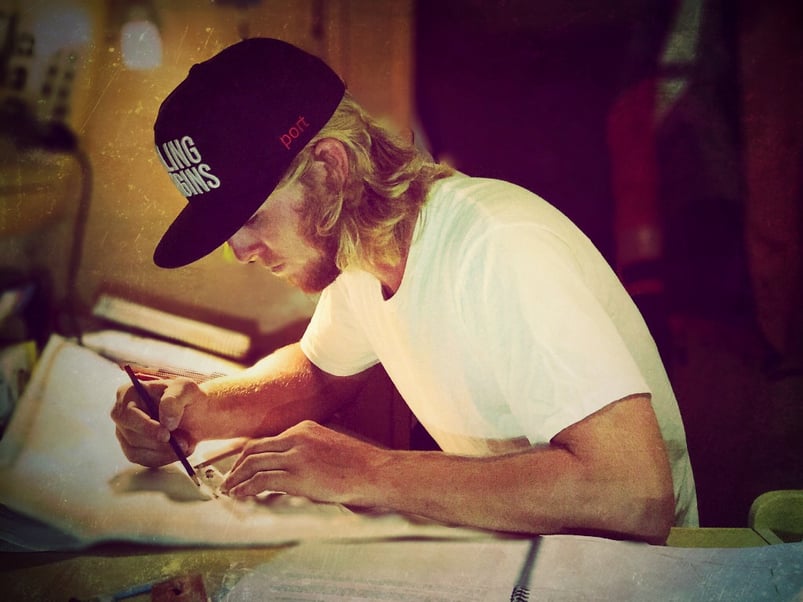
James Fink nailing his passage plan with Sailing Virgins, destination St Martin, Caribbean
Then of course you could always enrol your captain in a Bareboat Skipper course. This is a one-week fast-track course that can take someone with prior sailing experience and turn them into a skipper. Sailing Virgins runs such courses through the year.
According to the US Coast Guard, a captain who has done a boating safety course brings any risk down by a factor of more than five. In fact, of all the major recorded incidents, only around 10% had a captain who had received some form of boating safety training.
Conclusion
Sailing is a lot safer than many people think. It is far safer than stepping foot in an automobile for one. And provided you are sensible, it is one of the safest outdoor activities that can be done. So don't let a fear of the unknown stop you from enjoying this awesome activity!
Having a well-trained captain is probably the single biggest factor to improve the safety of your boat. So if you or someone you know considers themself a sailor but would like to skill up, check out the Bareboat Skipper course. These courses run in the British Virgin Islands between November and June, and in Martinique during the summer months.
Sailing Virgins is the highest-ranked sailing school in the British Virgin Islands according to Tripadvisor reviews. We love what we do. Feel free to email us if you have any questions. We genuinely hope this post helps and look forward to receiving your comments.
References for this blog post shown below. Thanks to everyone here:
http://sailboatstory.com/how-safe-is-sailing?et_bloom_popup=true
http://www.marketwatch.com/story/forget-somalia-this-the-new-sea-piracy-hot-spot-2015-10-07
http://www.sailingscuttlebutt.com/2016/05/17/us-coast-guard-releases-2015-accident-statistics/
https://crashstats.nhtsa.dot.gov/Api/Public/ViewPublication/812384
